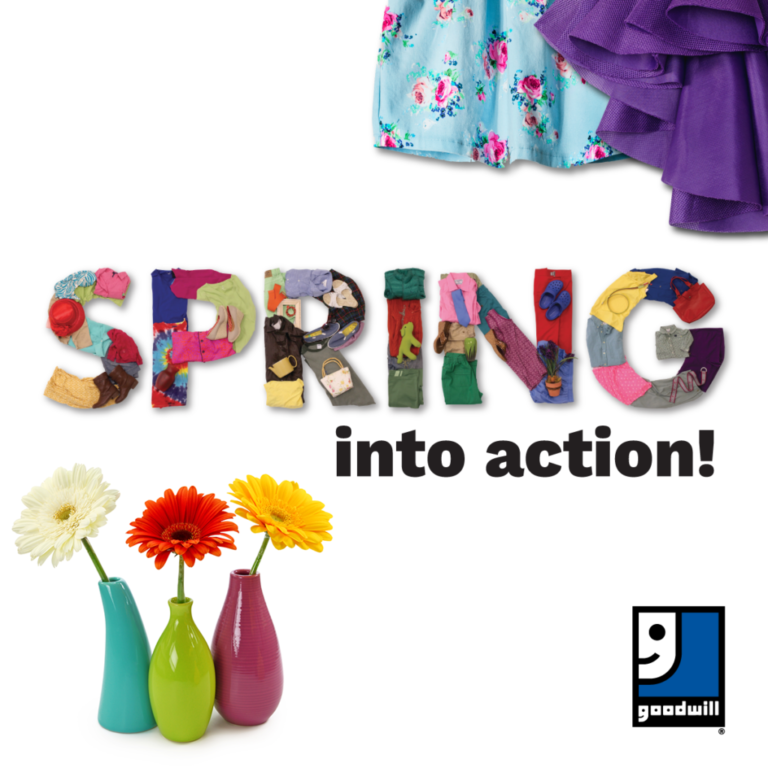The Clutter Conundrum
Clut.ter | verb: to run in disorder; to fill or cover with scattered or disordered things that impede movements or reduce effectiveness. Clut.ter | noun:...

When spring cleaning, you may be taking the opportunity to streamline your accumulation of housewares, clothing, shoes and books. How do you decide what goes and what stays?
Getting organized is all about decisions. My definition of clutter is “delayed decisions and delayed actions.” Everything you see sitting around on your countertops is a decision that hasn’t been made (whether to keep it, where to put it, etc.) or an action that hasn’t been taken (need to return it to the store, need to take it to the garage, etc.)
Our favorite way to help you make decisions is by using our A-B-C-D prioritization tool.
Think of each item and any potential storage places as A, B, C or D, according to the definitions below:
things are used frequently, even daily or multiple times per day, like your toothbrush or your paper towels. “A” spaces are your countertops and other flat surfaces; the most eye-level, easy-to-reach shelves; the handiest drawers; and the other most easily accessible spaces in your home.
things are used often but just not as frequently as the “A” things, like a blender or maybe a large salad bowl. They need to be put in “B” spaces, meaning behind “A” things, above or below “A” things, inside a cabinet or in otherwise less accessible spots.
things are used, but they are used infrequently or seasonally, such as holiday decorations. They need to be in “C” places that are less accessible and completely out of the way of the daily flow of living in your home.
things are items you actually do not use, but you feel you have to keep them anyway, like old tax records or spare furniture. Categorizing something as “D” does not automatically mean it’s bad and should be discarded, but “D” things need to be in “D” places, as out of the way as possible. Of course, we encourage you to think carefully about donating “D” things, since by definition you are not using them, and, well, D is for Donate, right?
The goal is to get the “A” things in the “A” places, and the “D” things in the “D” places. We often see “C” things in “A” places, and so on, taking up valuable real estate in your space.
Ideally, your home would have mostly “A” and “B” things you really use and love, and very few “C” and “D” items.
During this phase of reviewing and deciding, it’s helpful to ask yourself some questions when you are unsure about an item. Here are some of our favorites:
What would your home feel like if you only had things you intentionally wanted and needed — things you use and love? Be choosy about what surrounds you, and donate what you no longer need to Goodwill® so it can find a good home and help people in your own community with job training and placement and other services and opportunities. Find your nearest donation center at https://www.goodwill.ab.ca/get-involved/donate-goods/